Purple spots on leaf between veins
ericjs
13 years ago
Related Stories
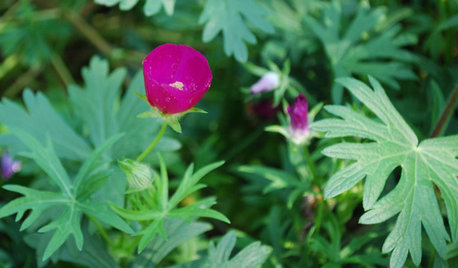
GARDENING GUIDESGreat Design Plant: Callirhoe Involucrata Wakes Up Hot Garden Spots
Give a dry and sunny garden a jolt of violet-pink color summer to fall — and watch bees and butterflies flock to the nectar
Full Story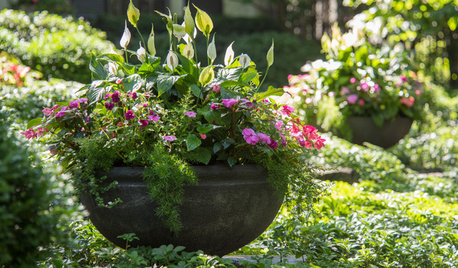
GARDENING GUIDES14 Beautiful Container Gardens for Shady Spots
These dynamic potted plant combinations thrive in partial to full shade — perfect for the porch or a shady bed
Full Story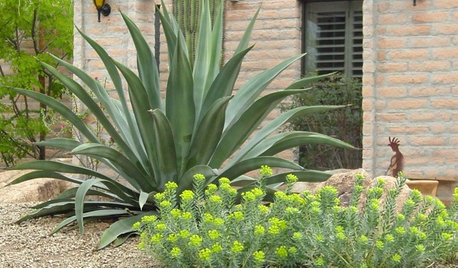
GARDENING GUIDESHow to Spot a Drought-Tolerant Plant
Label? Who needs a label? Learn the characteristics of plants that can thrive in hot, dry conditions to help you pick the right ones
Full Story
GARDENING GUIDES20 Purple Flowers to Beautify Your Garden
If you like Pantone’s 2018 Color of the Year, try some of these purple-flowering plants suited to U.S. gardens
Full Story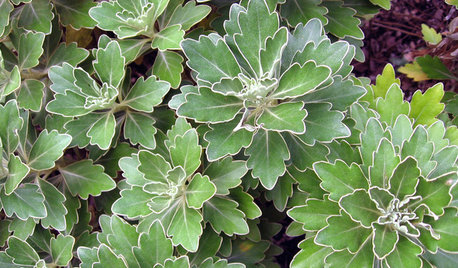
BLUE AND GRAY FOLIAGE6 Stunning Silver-Leaf Plants
Bring luster to your garden with these shining examples of silver plants for both sun and shade
Full Story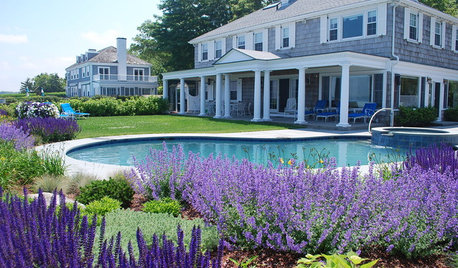
GARDENING GUIDESGarden Color: How to Landscape With Purple
Abloom with just violets and plums or with energetic contrasting accents, a garden swathed in purple is a sight to behold
Full Story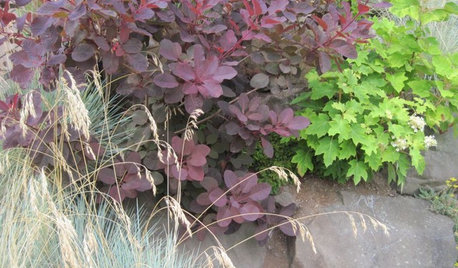
FOLIAGEBring on the Drama With Purple Foliage
These 9 plants, in shades from plum to maroon, will add dark, moody color to your garden year-round
Full Story

GARDENING GUIDES6 Native Ground Covers for Tough, Dry Spots
Sun beating down on your sandy gravel? Thick shade darkening your clay soil? There’s a ground cover here for you
Full Story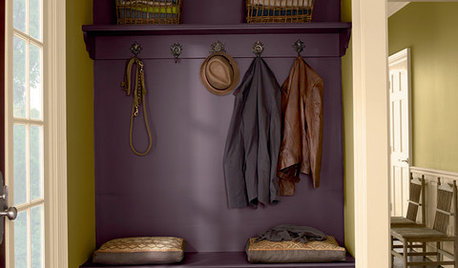
COLORWhat Goes With Purple Walls?
Make a plum wall come alive with art, warm metals, ivory, chartreuse, natural wood — and at least one wild card
Full StoryMore Discussions






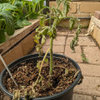
jean001
torquill
Related Professionals
Graham Landscape Architects & Landscape Designers · Manhattan Beach Landscape Architects & Landscape Designers · Owings Mills Landscape Architects & Landscape Designers · Anderson Landscape Contractors · Athens Landscape Contractors · Fort Mill Landscape Contractors · Galveston Landscape Contractors · Kahului Landscape Contractors · San Carlos Park Landscape Contractors · Tacoma Landscape Contractors · Vineyard Landscape Contractors · Whitehall Landscape Contractors · Northlake Landscape Contractors · Kannapolis Siding & Exteriors · North Highlands Siding & ExteriorsericjsOriginal Author
torquill
ericjsOriginal Author